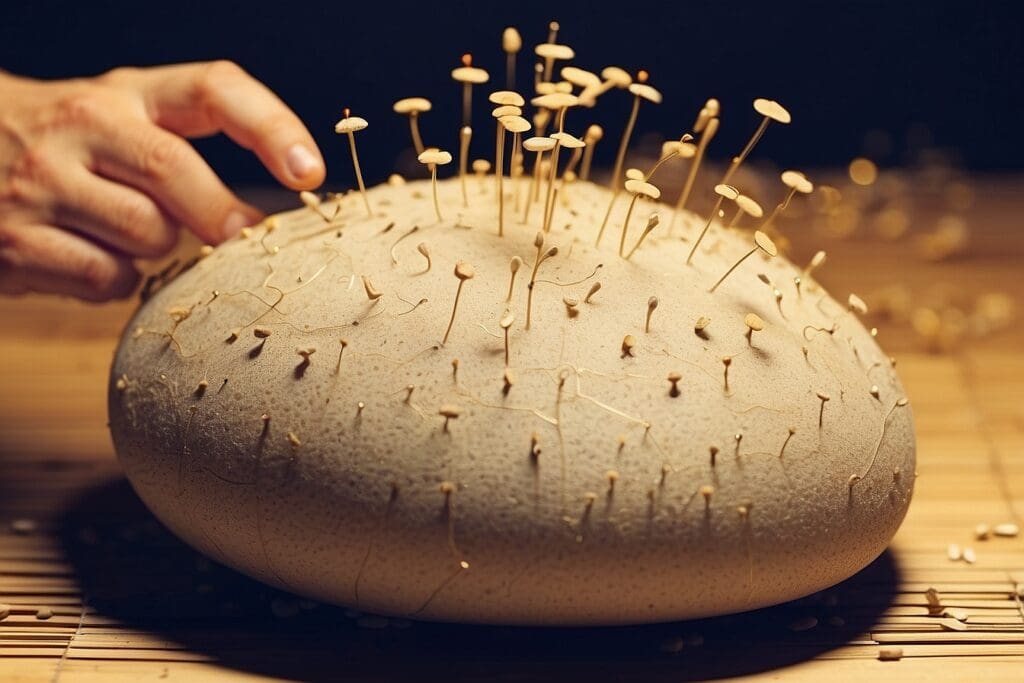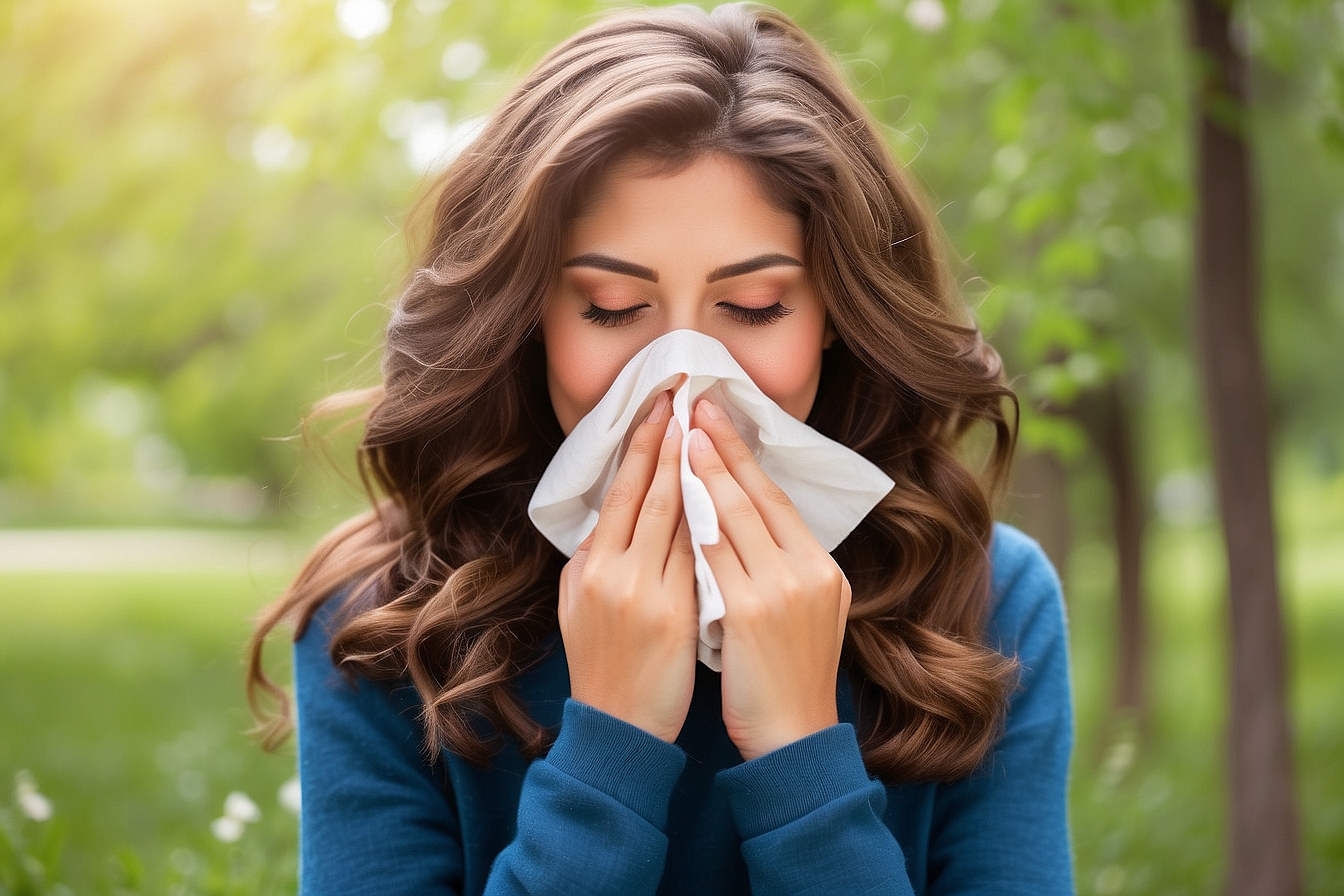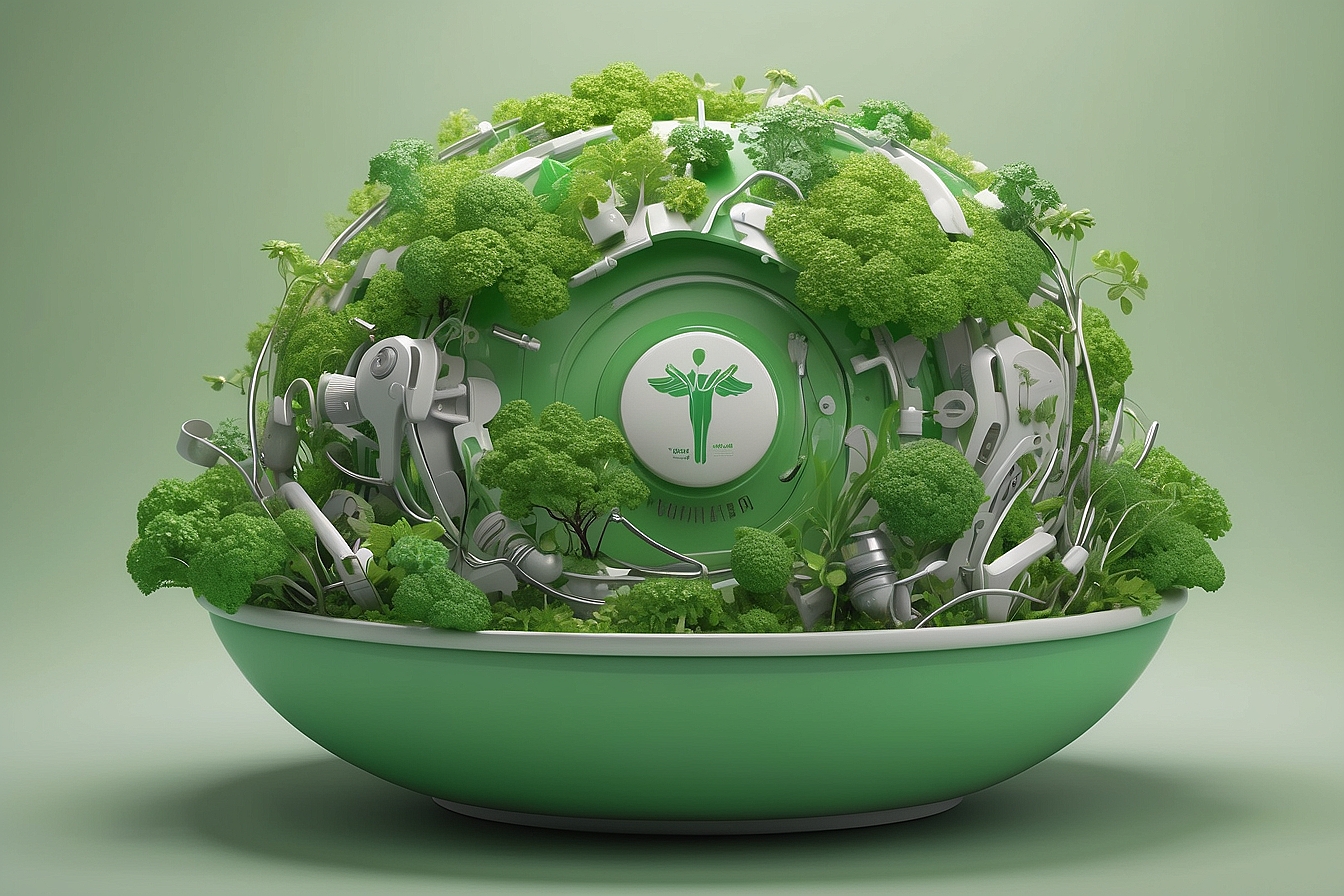My last few months with allergies have been preoccupied with trying a parade of allergy medications – Claritin, Zyrtec, Flonase, you know the list. However, when my friend told me she treats her allergies at an affordable, sliding scale acupuncture clinic nearby, I was intrigued. While I knew acupuncture was used to treat medical conditions and was overall considered to be a relaxing experience, I had never known there were affordable options available. I now look forward to my weekly acupuncture appointment so much that I was inspired to learn more about its history and different practices.
What is acupuncture?
Acupuncture is a form of medicine that dates back centuries and is based on the theory of “chi,” which is believed to be the energy that flows through your body on pathways called meridians. When your chi is blocked or unbalanced, acupuncturists believe illness can occur. By placing thin needles into your skin at certain points on your body, acupuncturists can restore your chi.1
An acupuncture session can last anywhere from 15 minutes to an hour. First, the acupuncturist will ask questions about your overall health.2 They may also take your pulse on your wrist, look at the color of the coating on your tongue, the color and texture of your skin, your posture, and other indicators of your health. Once you are lying down, the acupuncturist will gently but quickly tap needles into your skin at certain points on your body. Personally, I sometimes feel a twinge of pain when the needle is being inserted, but the sensation goes away after a second. The acupuncturist will then leave you to rest for the remainder of the time. Once the session is over, the acupuncturist will remove the needles, which is not painful. Depending on the type of illness, for instance a sports injury versus annual allergies, you might only need a few sessions or you might need to go continually.3
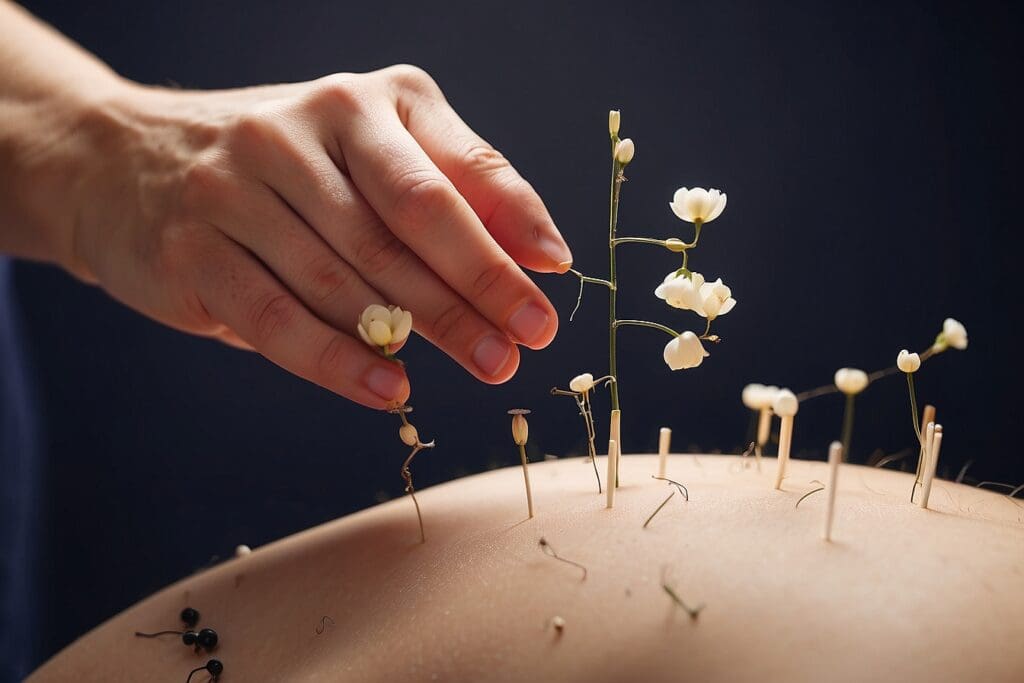
Interestingly, how and why acupuncture is effective is not completely understood. Research has shown that perhaps the needles stimulate nerve fibers, which transmit signals to the spinal cord and brain and thus activate the body’s central nervous system. When the body’s central nervous system is activated, the spinal cord and brain release hormones that ease pain and improve other aspects of our health. One study even showed that acupuncture increases our pain threshold. Other benefits include increased blood circulation, increased body temperature, improved white blood cell activity, reduced cholesterol and triglyceride levels, and regulated blood sugar levels.4
What is the history of acupuncture?
While there is speculation that instruments found in China dating all the way back to 6,000 B.C.E could have been used for acupuncture, the first document that indisputably describes acupuncture treatment is “The Yellow Emperor’s Classic of Internal Medicine,” which was written around 100 B.C.E. This document contains Taoist philosophy, as well as basic acupuncture concepts such as meridians and chi that were likely passed down for centuries beforehand.5 Acupuncture spread to other regions of the world at varying times.
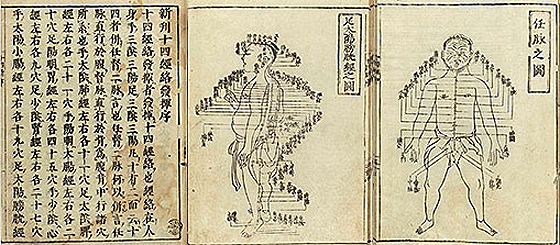 ii
ii
In the sixth century, Korea and Japan adopted acupuncture into their medical practices. By the eighth century, acupuncture reached Vietnam via commercial trading routes. In the sixteenth century, Jesuit missionaries brought acupuncture back to France, where it was enthusiastically adopted.6 In the seventeenth century, many Chinese began to regard acupuncture as superstitious and irrational. However, academics and rural healers kept the practice alive as China moved into the twentieth century and started to embrace Western medicine. However, when the Communist government took over China in 1949, traditional Chinese medicine practices, including acupuncture, were reinstated to boost nationalistic feelings and as a practical way to provide healthcare to the entire population. Many acupuncture research institutes were founded throughout China in the 1950s in order to seek out scientific explanations for acupuncture’s effectiveness. For instance, now many practitioners believe in the neurological model of needles stimulating the nerve fibers, rather than the ancient belief that chi flows through meridians in our bodies.7
In 1972, United States President Richard Nixon visited China. Accompanying Nixon was New York Times reporter James Reston. Reston received acupuncture to relieve pain after he went through an emergency appendectomy. Reston was so impressed with acupuncture’s pain relief effects that he wrote about it upon his return to the U.S., thereby introducing it to mainstream U.S. culture. The U.S. National Institutes of Health (NIH) formally recognized acupuncture as a mainstream healing option in 1997.8
What are the different types of acupuncture?
As acupuncture spread throughout the world, different approaches emerged. Some of the most common include:
- Traditional Chinese Medicine (TCM) acupuncture – This is the most commonly practiced form in the U.S. It is based on the eight principles of complementary opposites (for example, yin and yang).9
- French energetic acupuncture – This form is mostly used by M.D. acupuncturists, and it emphasizes the meridian patterns.10
- Korean hand acupuncture – This approach is based on the belief that chi is concentrated in the hands and feet and that by applying needles to the hands and feet, you can impact the whole body.11 This approach uses more needles than the others – sometimes you can have up to 100 needles in one session.12
- Japanese acupuncture – This approach uses fewer and thinner needles and focuses more on touch (palpation).13 This is also referred to as Classical Acupuncture.
- Auricular acupuncture – This form is usually used to treat addictions. It is based on the concept that the ear is a reflection of the body, and that different points on the ear correspond to different organs.14
- Myofascially-based acupuncture – This practice is used by physical therapists. By feeling along the meridian lines for tender spots, the acupuncturist can identify spots of abnormal chi flow.15
Remember, acupuncture is an ancient practice that has been studied and tweaked for thousands of years. There are a great number of teachers that you may encounter that will be better able to present the ancient teachings in a thorough and directed approach when given the time and opportunity to do so.
Stay tuned for what we will refer to as part II of this Acupuncture overview, which will cover possible side effects and whether or not acupuncture is an environmentally conscious form of medicine.

